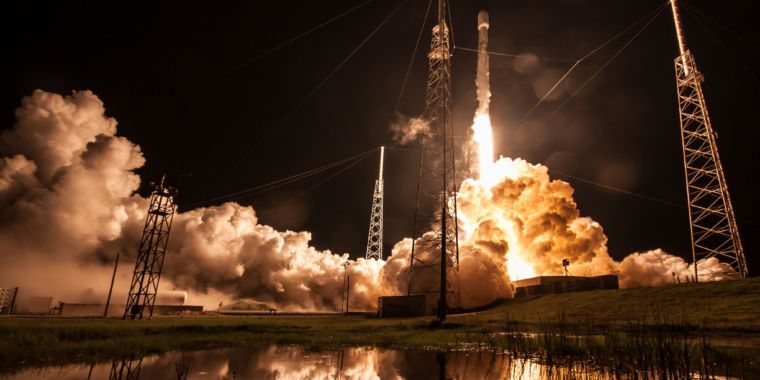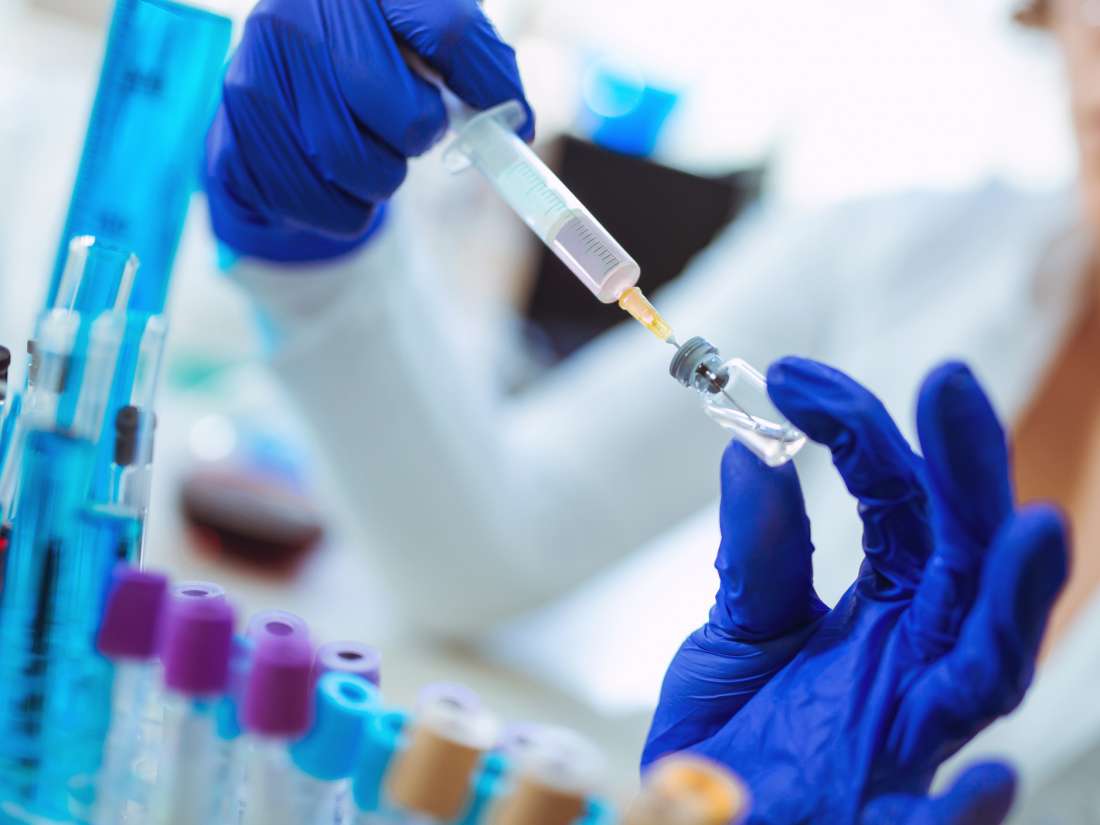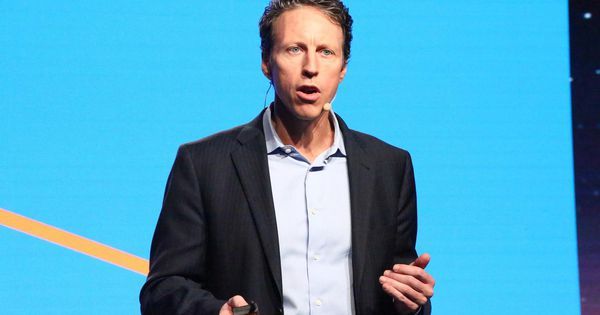Page 8556
Sep 10, 2018
Galaxy Punches Through Neighbor to Spawn Giant Ring of Black Holes
Posted by Genevieve Klien in category: cosmology
New observations from NASA’s Chandra X-ray Observatory reveal a very bright source of X-rays that is likely powered by either a ring of stellar-mass black holes or neutron stars located 300 million light-years from Earth.
Sep 10, 2018
The Fate of Free Will: When Science Crosses Swords with Philosophy
Posted by Genevieve Klien in categories: neuroscience, science
In some domains the two knowledge systems are complementary, but in others they might be headed for conflict.
- By Abraham Loeb on September 10, 2018
Sep 10, 2018
Entanglement and teleportation between polarization and wave-like encodings of an optical qubit
Posted by Genevieve Klien in category: quantum physics
Interfacing quantum information between discrete and continuous would allow exploiting the best of both worlds, but it has been shown only for single-rail encoding. Here, the authors extend this to the more practical dual-rail encoding, realizing teleportation between a polarization qubit and a CV qubit.
Sep 10, 2018
AI speeds up climate computations
Posted by Bill Kemp in categories: climatology, information science, mathematics, robotics/AI, supercomputing
Realistic climate simulations require huge reserves of computational power. An LMU study now shows that new algorithms allow interactions in the atmosphere to be modeled more rapidly without loss of reliability.
Forecasting global and local climates requires the construction and testing of mathematical climate models. Since such models must incorporate a plethora of physical processes and interactions, climate simulations require enormous amounts of computational power. And even the best models inevitably have limitations, since the phenomena involved can never be modeled in sufficient detail. In a project carried out in the context of the DFG-funded Collaborative Research Center “Waves to Weather”, Stephan Rasp of the Institute of Theoretical Meteorology at LMU (Director: Professor George Craig) has now looked at the question of whether the application of artificial intelligence can improve the efficacy of climate modelling. The study, which was performed in collaboration with Professor Mike Pritchard of the University of California at Irvine und Pierre Gentine of Columbia University in New York, appears in the journal PNAS.
General circulation models typically simulate the global behavior of the atmosphere on grids whose cells have dimensions of around 50 km. Even using state-of-the-art supercomputers the relevant physical processes that take place in the atmosphere are simply too complex to be modelled at the necessary level of detail. One prominent example concerns the modelling of clouds which have a crucial influence on climate. They transport heat and moisture, produce precipitation, as well as absorb and reflect solar radiation, for instance. Many clouds extend over distances of only a few hundred meters, much smaller than the grid cells typically used in simulations – and they are highly dynamic. Both features make them extremely difficult to model realistically. Hence today’s climate models lack at least one vital ingredient, and in this respect, only provide an approximate description of the Earth system.
Sep 10, 2018
New cancer vaccine is 100 percent successful in mouse model
Posted by Genevieve Klien in category: biotech/medical
A team of experts has conducted tests in mice for a potent new vaccine against melanoma. So far, the researchers have observed a 100 percent success rate.
Sep 10, 2018
SpaceX launches heavy telecom satellite, sticks high-seas landing
Posted by Michael Lance in categories: climatology, drones, satellites

ICYMI overnight: A little more than an hour after its launch window opened—the delay was due to remnant thunderstorms in the area—#SpaceX’s Falcon 9 rocket launched from Florida early on Monday morning. The rocket’s first stage made a flawless flight, and then descended to a drone ship in the Atlantic Ocean and safely landed.
The company has now flown 16 missions this year.
Continue reading “SpaceX launches heavy telecom satellite, sticks high-seas landing” »
Sep 10, 2018
Samsung opens robotics-focused AI research hub in New York City
Posted by Genevieve Klien in category: robotics/AI
Samsung has opened its second U.S. artificial intelligence (AI) research facility (sixth globally), as the Korean electronics giant continues to double down on its investments in transformative technologies.
Samsung announced last year that it was planning a new AI research hub, and in the intervening months it actually opened centers in Canada, the U.K., and Russia, in addition to existing facilities in Seoul (South Korea) and Mountain View, California.
Its latest center, which will focus chiefly on robotics, is located in Chelsea, New York City and was officially opened at a ceremony featuring renowned AI expert Daniel D. Lee, executive vice president of Samsung Research. Lee joined the company a couple of months back and will lead the new AI center.
Continue reading “Samsung opens robotics-focused AI research hub in New York City” »
Sep 10, 2018
Earth is the warmest it’s been in 120,000 years
Posted by Michael Lance in category: futurism
Everything’s fine…
The last time Earth was this warm occurred during the Eemian period, over 100,000 years ago.
Sep 10, 2018
Of Vampires And The Challenges Of Longevity Drugs
Posted by Lilia Lens-Pechakova in categories: biotech/medical, life extension
An interesting article in Forbes on GDF11, anti-aging drugs and companies:
For an example of how hard it is to develop an anti-aging medicine, check this out. It’s some of the coolest and creepiest science to have been published in major academic journals. But is it ready to form the basis of a pharmaceutical company?

















